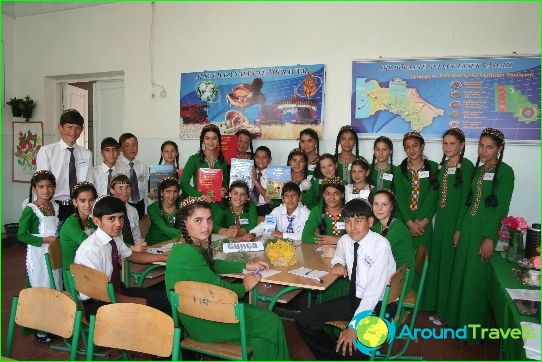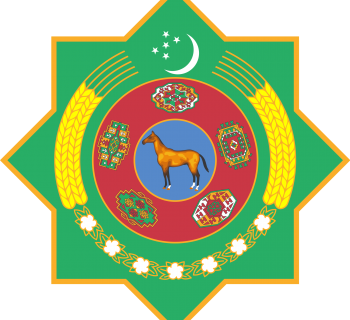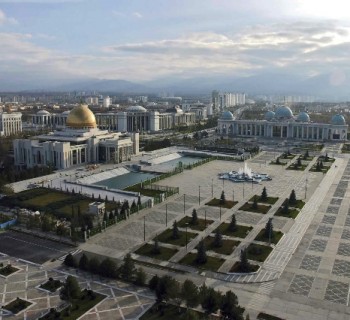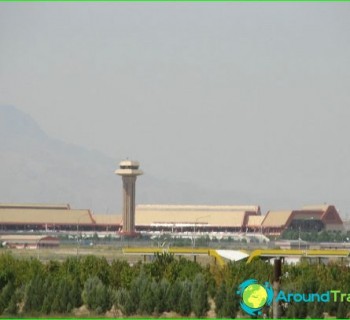Culture of Turkmenistan
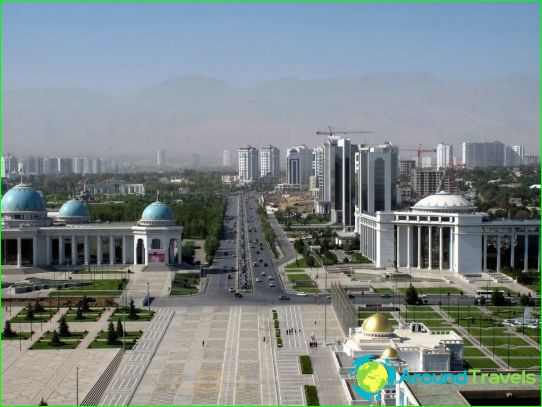
The Central Asian state of Turkmenistan is not the most popular tourist destination due to the relatively closed international policy pursued by the government. But if you managed to get the cherished permission to enter, there is no doubt that the vacation will leave the most favorable impressions, because the culture of Turkmenistan is rich, unique and amazing..
Islam and others
In modern Turkmenistan, the overwhelming majority of the population is Muslim. Other religions are represented by a small number of Christians, Catholics and Lutherans. By the way, in ancient times, special religions were spread on the territory of modern Turkmenistan - Zoroastrianism and Nestorian Christianity. Historians and archaeologists believe that the center of the latter was the old city, the ruins of which are included in the UNESCO World Heritage List. It was called Merv and was founded at the end of the 3rd millennium BC. Then the city was the capital of the Seljuk, and today its ruins are an invaluable archaeological site..
Bundle autograph
One of the most important components of the culture of Turkmenistan is its unique folk crafts. The main and most ancient among them is carpet weaving, and the masterpieces made by Turkmen masters are distinguished by their durability and special beauty. The largest carpet woven by folk craftsmen is listed in the Guinness Book of Records. Its area was more than 300 sq. m.
The Turkmen carpet repeats the patterns of ancient ceramics found by archaeologists in ancient settlements and dating back to the 4th millennium BC. The oldest of the surviving carpets today is more than one and a half thousand years old, and it still serves as an autograph of the craftswoman who created it from the Pazyryk culture of the "Scythian circle".
In the culture of Turkmenistan, the carpet not only served as a bed and shelter for the entrance to the yurt, but also carried a special sacred meaning. The quality of the carpets available to a person was judged on wealth and social status. Carpets were even revered as symbols of power, and in modern Turkmenistan, an official state holiday has been established - the Day of the Carpet..
From the UNESCO lists
On the territory of the country, there are two more cultural objects of Turkmenistan, included by an authoritative international organization in the list of World Cultural Heritage:
- The Parthian city of Nisa, founded in the 3rd century BC. king Mithridates and served in the Middle Ages as a trade center of the Great Silk Road.
- Koneurgench, located on the site of the capital of Khorezm. The ruins of a fortress built in the 5th century BC have been preserved on its territory..
